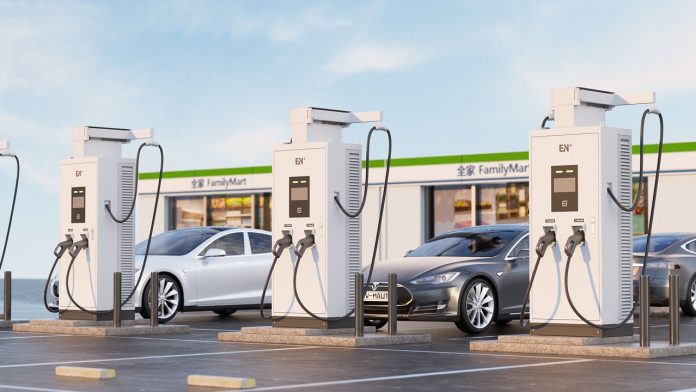Currently, the focus in the automotive industry is directed at the implementation of more sustainable resources, mainly Battery Electric Vehicles (BEVs) and Fuel Cell Electric Vehicles (FCEVs). While both technologies present viable solutions to the internal combustion engine, deciding which holds more future cost savings involves weighing various factors ranging from purchasing costs, upkeep, energy consumption, and installation. Let’s explore the pros of both types of electric vehicles in this article.
Initial Costs
BEV costs are significantly lower than FCEV costs in terms of initial purchase prices. Conventional BEVs enjoy economies of scale since they have been in the market longer than hybrid vehicles while major automakers have vested huge amounts of capital in them. Battery technology has also been associated with lowering prices, which has been a significant improvement. On the other hand, FCEVs are comparatively costly due to the high cost of fuel cell stack and relatively low production scale. Furthermore, BEVs are usually provided with higher government incentives and tax credit which also contributes to the lower effective cost of the battery electric vehicles to consumers at the initial instance.
Maintenance and Longevity
The expenses that are used for maintenance purposes are one of the most important key factors that are used in calculating the economy of a vehicle. FCEVs have fewer moving parts than BEVs and internal combustion engines meaning that their maintenance attributes and costs are low. These include electric motors that experience less wear and tear and need minimal maintenance and brake wear is low due to regenerative braking. FCEVs also are less complex than traditional vehicles, though the FCEVs have systems like hydrogen tanks and fuel cells which can be expensive to maintain and add to the cost of the vehicle in the long run.
Energy Costs
In terms of refueling cost, BEVs are generally cheaper compared to FCEVs. Electricity is comparatively cheaper and more stable than hydrogen and is also easier to transport and store. In addition, BEV owners can recharge their vehicles either with the use of a regular 120V household outlet or home charging stations and can usually take advantage of lower rates during off-peak hours. However, the cost of generating, transporting, and storing hydrogen to power FCEVs contributes to the overall expenses. While it is true that there are numerous technologies and methods developed for hydrogen production, the current system and technology infrastructure do not exist to make hydrogen a cost-competitive energy source for electricity.
Infrastructure
Another significant factor that can be considered within the context of the economic comparison is infrastructural development. There is a rapid development of BEV infrastructure and charging points, both private and public. Charging networks are now growing in numbers and coverage, thus giving BEV owners the ease they require as they deal with range anxiety. FCEV infrastructure is not, however, fully developed as it is still in its infancy. There are very few hydrogen refueling stations available across the globe and these are primarily located in particular areas which is a major drawback for FCEV. A major challenge to FCEVs therefore remains in the cost of developing hydrogen refueling infrastructure.
Conclusion
As these two technologies lay out the route towards green mobility, BEVs offer a more cost-efficient option in comparison with FCEVs. BEVs have relatively lower purchasing prices, lower maintenance costs, lower energy costs, and existing infrastructure that gives them an edge over FCEVs. Nonetheless, with further progression in technology and infrastructure for both types of vehicles, the ratio may shift in the future. For now, the consumers searching for an economical and even ecological car will be most probably satisfied with the opportunities of BEVs.







